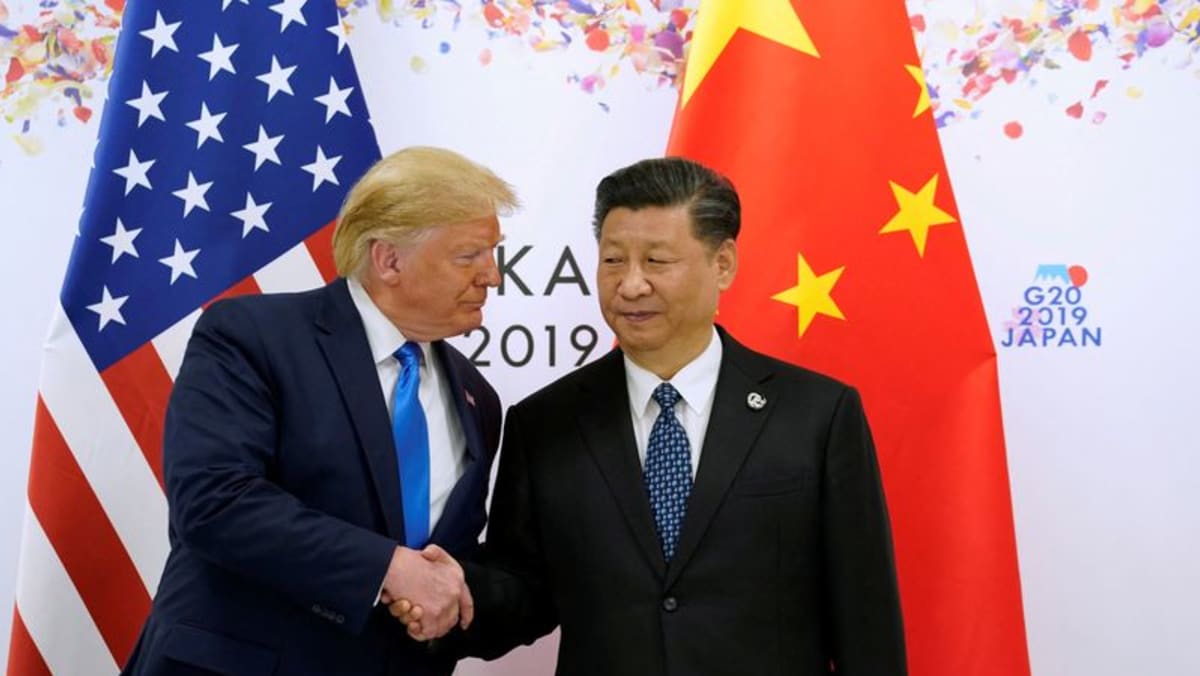Commentary: Indonesia requires the right policies for rough times to lift its middling growth

Unfortunately, high economic costs hinder these industries. In highly competitive, export-oriented manufacturing sectors, producers are price-takers on the global market – they are usually unable to pass high costs onto consumers. As a result, profit margins may shrink, reducing incentives for innovation and further investment.
In contrast, Indonesia’s natural resource sectors, where the country is a global price-setter for some products, can pass high costs onto consumers, allowing higher profit margins. Investors often shift from manufacturing to natural resources – a trend exacerbated by a recent boom in commodity prices. Unfortunately, the natural resource sector is capital-intensive and does not create many jobs, limiting its ability to create middle-class jobs.
OPPORTUNITY FOR STRONGER, MORE INCLUSIVE GROWTH
Indonesia’s domestic market is large, but its purchasing power is limited. Indonesia must therefore become a global production hub, like Vietnam. Encouraging FDI into export-oriented sectors is critical. Export revenues help avoid balance of payments pressures when profits are repatriated, reducing currency mismatches.
If Indonesia wants to help drive economic growth without jeopardising the stability of the rupiah, FDI must be channelled into export-oriented sectors. Like Vietnam, Indonesia should benefit from the relocation of production bases from China by continuing to improve its investment climate.
The data shows, however, that Indonesia’s FDI-to-GDP ratio has declined from 2.8 per cent in 2014 to 1.9 per cent in 2022. This is one reason why Indonesia’s economic growth has been stuck at around 5 per cent since 2014.
Source: CNA











.jpg?itok=P6uVbI6q)



